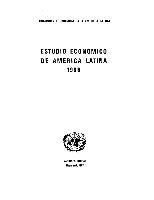Green niche actors navigating an opaque opportunity context: Prospects for a sustainable transformation of Ethiopian agriculture
Identifying trajectories of agricultural development that enable substantial increases in food production is of prime importance for food security and human development in Sub-Saharan Africa in general, and Ethiopia in particular. To ensure long-term welfare for people and landscapes, it is imperative that such agricultural transformations sustain and enhance the natural resource base upon which agriculture depends.


